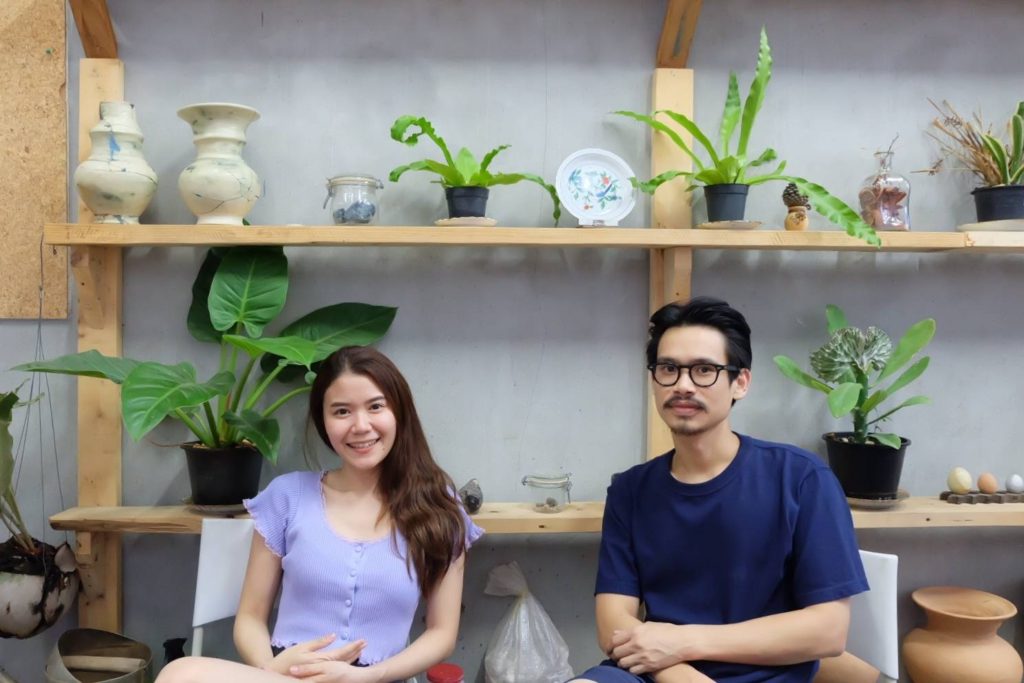
I have been longing to start my own project regarding the archiving/publishing what I found in Southeast Asia, especially about the friends and their spaces I visited. Each of them has their motivation to run the space and each of cities has its own face and history. Right after I left my former workplace, I traveled in Indonesia, Vietnam, Philippines… to visit some alternative spaces/galleries where I wanted to visit long time and talked with owners or people I met there to write about them one day. Two years have passed already since then just because I was too lazy, but finally, under this Covid-19 crisis, I decided to start this hoping that I can work with them for some collaborative projects together someday.
As the very first place, I would like to introduce Noir Row Art Space in Udon Thani, Thailand run by the lovely artist couple, Oui (Panachai Chaijirarat) and Som (Punyisa Silparassamee).

Why do I introduce this space as the very first one? Because this is the space I have visited lastly and I still have a relatively reliable memory to write something. But more than that, I really sympathized with them as well as envied them for their passion to start new things not in the big city like Bangkok but in their hometown, where Oui was born and grew up.
Noir Row Art Space was opened in October 2017 in the middle of Udon Thani downtown by renovating one unit of a shop-house style building. “Noir” means “to gather” or “yummy” in the northeastern Thai dialect and “Row” is an English word, which tells that their space is located in one unit of building rows. It has both gallery space and studio space (for a workshop as well) and can accommodate 20-30 people when they organize an event.
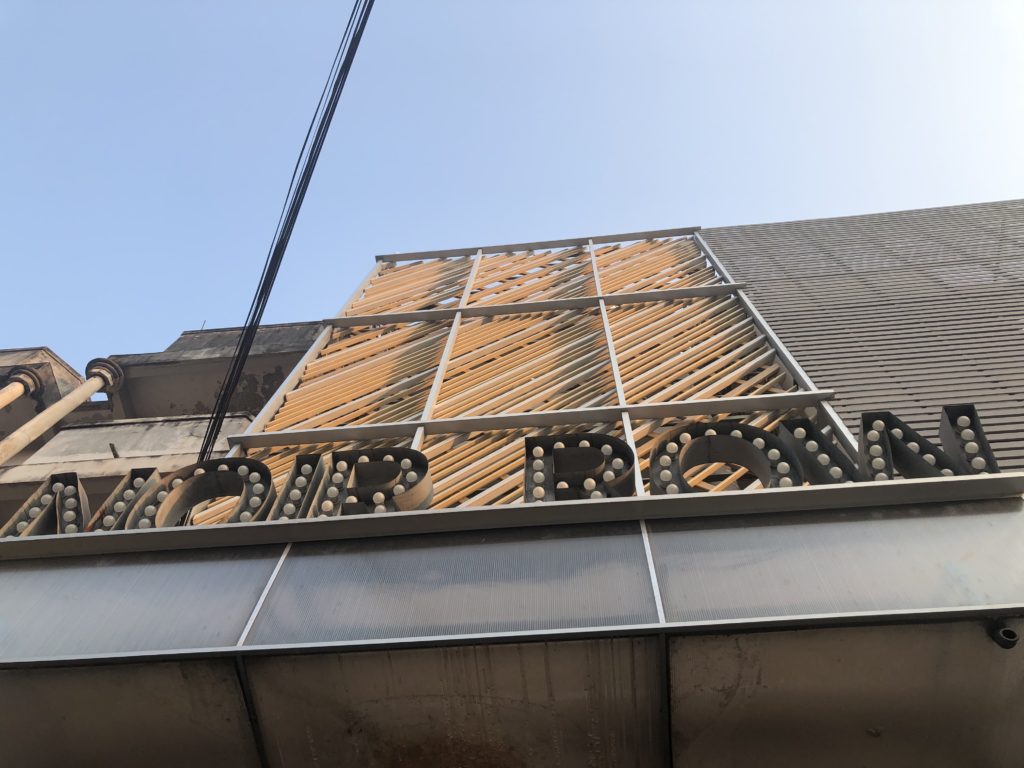
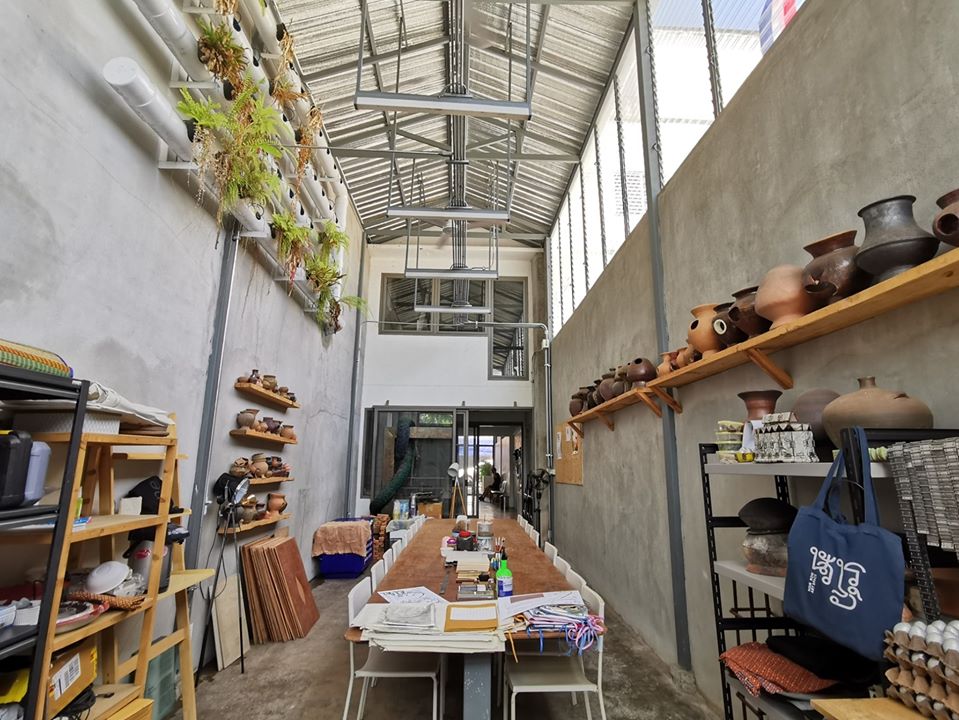
Oui, who received MFA from Chelsea College of Art and Design in London, and Som, who has been practiced as a sculptor, decided to hold the space here as they wanted to make art more familiar for local people as well as try to rethink about the local identity through unfolding the history and memories of the region. I’m sure that anyone would be fascinated with this young lovely couple, so was I, who try to do something rooted in the local context, not just bringing some urban hip art event. Behind their motivation to do things related to the local context, there are some curious things for them such as “Rubber Duck”-like floating vinyl yellow duck in the lake of Nong Parajak Public Park in Udon Thani (*1), they said. The ducks were promoted by the local government as a landmark of the province and now it somehow succeeded in terms of exposure as we can see them introduced as a must-visit place in the town in English tourist guidebooks. Oui and Som have curiosity and question in such a situation like this kind of invented identity make local rich cultures and history invisible therefore their space is the place for them to develop their own projects in response to such questions through the process of relearning and re-exploring the region. Their projects are varied from workshops of ceramic making or dying using local materials, film screening, talk event by the artist including the local craftsmen and experts from several fields such as food, pottery, and history which verbally narrated through local residents to the contemporary art exhibition taken place at a modern historical site.
Udon Thani is one of the biggest provinces in the northeast region of Thailand and 560 km away from Bangkok. Thailand, in terms of administrative purpose, is divided into 6 regions- Central, North, Northeast, East, West, and South. Northeast, also called as Isan in Thai, is divided into two, which is North Isan (12 provinces), where sharing the north border with Laos and have cultural influence from Laos (and from Vietnam as well), and South Isan (8 provinces), where sharing the east border with Cambodia and have more influence from its Khmer culture. (If we look at the foods in Isan, it is kind of obvious that they also got influenced by Vietnamese.) We also have this grouping within the region in Japan so I think this sounds not difficult to grasp the division. Udon Thani is located in North Isan.
This region has rich rice fields since the prehistoric era as we can know from the archaeological site, Bang Chiang registered as the World Heritage Site in 1996. Udon Thani, at the same time, is known as a province where experienced a big economic boost during the Vietnam War back in the 1960-70s because of holding the US military basis. At that time, Thailand was under the developmental dictatorship regime, which could be said as same as some other Southeast Asian countries, and rushed to build the infrastructures all over the country. However, there was the United States behind the scene, which could be said as a similar structure as other economic boosts somewhere else in the world. Thai government chose the way to shake hands with America who wanted to prevent making the whole Indochina continent become communist. Friendship Road (Thanon Mittraphap), one of the logistically important highways in Thailand, was build during this era by the United States, which means that the “friendship” here is the friendship with America. This highway’s end is the bridge crossing over the Mekong River running between Thailand and Laos.
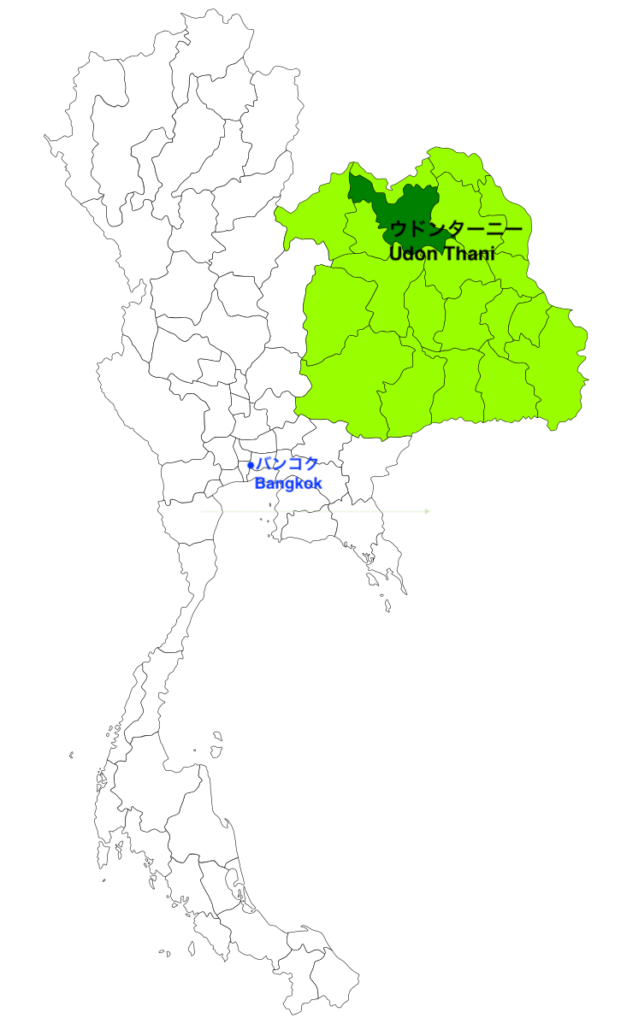
During that time, the Thai military base in Udon Thani expanded to receive the US military and the city center also responded to it by building hotels or entertainment facilities for the US soldiers who were stationed in Thailand. It’s not hard to anticipate that the service industry for those soldiers developed alongside and local residents also employed themselves in that kind of work. There were eventually many US soldiers married to Thai women and a not small number of them went back to the US after the war finished. This history of rapid economic growth and stagnation later associated with the withdrawal of the US military is exhibited very well at the Udon Thani Museum. Let me write about it at some other time together with stories about war relics in other provinces in Isan as Udon Thani is not the only one province where experienced such an economic boost associated with the special demand of the Vietnam War.
The US troops took off from the airbases in Thailand and went to bomb the so-called “Ho Chi Minh Trail”. Needless to mention the damage of Vietnam, however, it tends to be overlooked how Laos was damaged as well (it is said that the biggest number of bomb per population were dropped in Laos at this time). US air fleet sometimes threw away bombs, that didn’t drop in Vietnam for operational reasons, in Laos when they flew back to the bases in Thailand just because they couldn’t fly back and land at the bases with plane loaded bombs. Even “the Secret War” was carried out in Laos with many secret operations undertook by the US military as a proxy war between the East and the West by using the Laotian Civil War as camouflage. Udon Thani was the headquarter base for that kind of operation by the US as its location was strategically important for both in the Secret War in Laos and the Vietnam War. Many unexploded bombs still remain in Laos now, however, the fact that neighbors were victimized like this is not taught enough in the school history education in Thailand. That kind of situation might sound familiar to us Japanese as well.
Although I wrote so long about the background information, Oui and Som keep their artistic projects to rethink, relearn and rediscover the forgotten history or overlooked things in the region and make them opportunities to think about the regional identity again. When I visited their space for the first time, they exhibited Oui’s personal assemblage of the war relics and his personal archive of the historic events at the entrance lobby of the space.
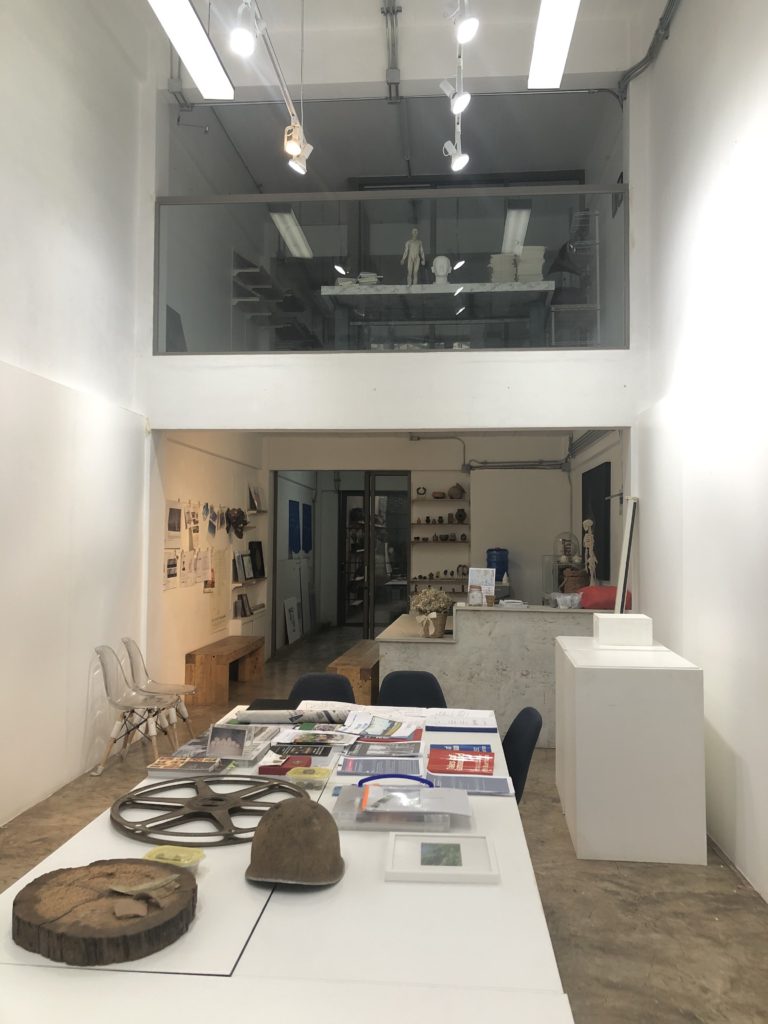
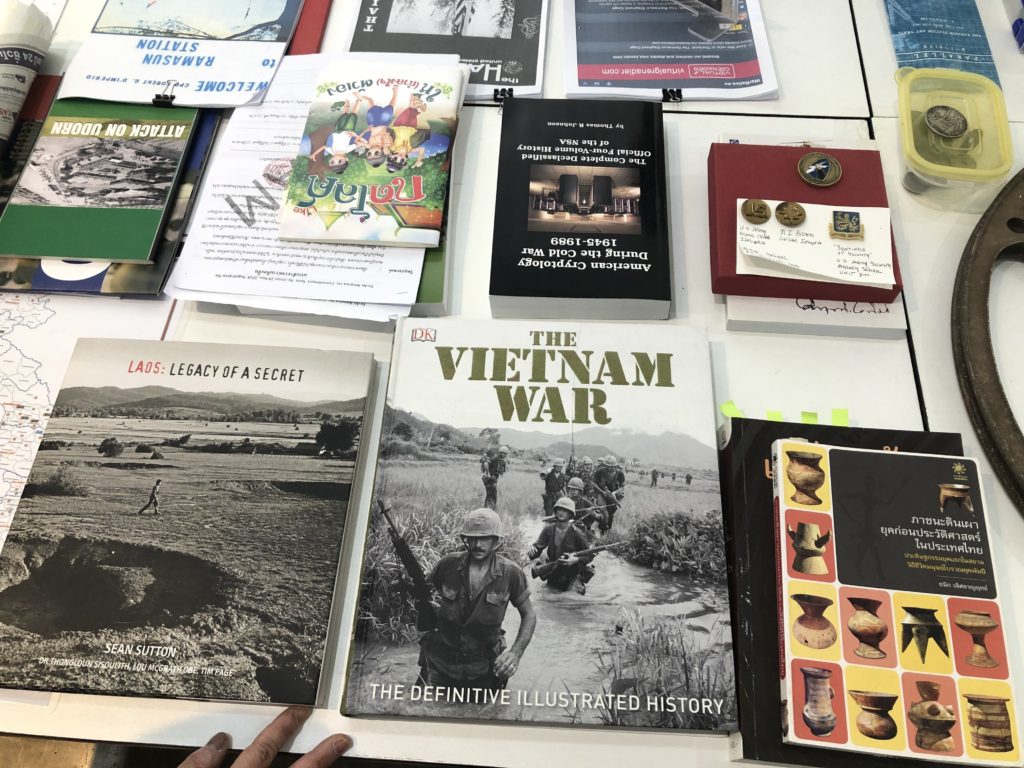
There may be some people who feel that “Still talking about the Vietnam War?”, however, we can’t talk about the identity of a place without talking or knowing about its history which formed the current shape of the place. In June 2019, they curated the contemporary art exhibition “PARALLEL: The Ramasun Station Art Trail” at Ramasun Station, which is now the military museum run by Royal Thai Army but used to be owned and operated by the US military during the Cold War.
This former base equipped with gigantic radars, which is one of only nine same-scale radar bases in the world in total including the one in Misawa in Japan, was used for intelligence purposes by the US during the cold war period.
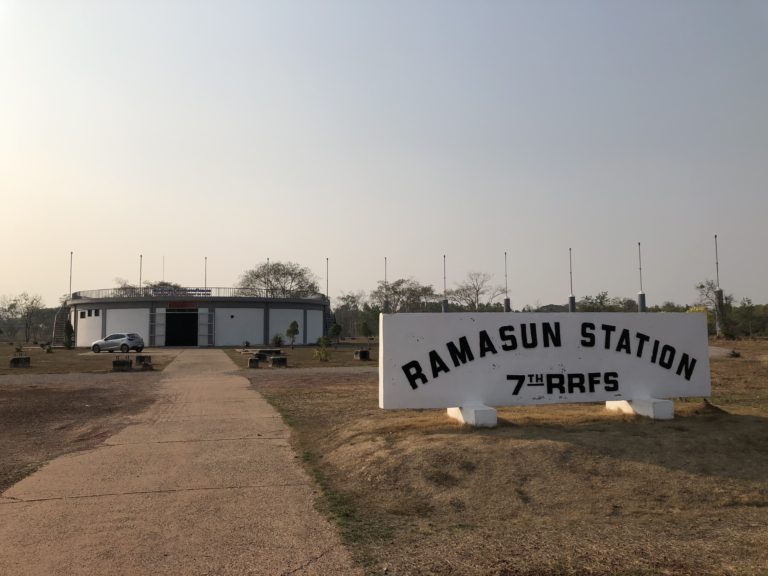
After more than 40 years since the US military withdrew, the Royal Thai Army transformed it to the museum in 2018 to utilize as tourism resources, however, the atmosphere of the station where could be said somewhere left behind in another time makes itself looks like a cult religion temple or a space station. At this kind of site that makes us feel getting lost in the parallel world, the exhibition featured 18 artists including those who are from Laos and Vietnam was held. Various mediums of works such as video, photography, installation or sculpture were exhibited at the former operation building, underground passage within the base, or swimming pool of the US soldiers’ residence area. “This landscape of military ruins is then a site of tensions and parallels. Instead of constituting themselves as an end, these contradictory and awkward relations, juxtapositions, and entanglements point to the unresolved nature and complex historicity of Ramasun Station. And what if we were to add art to Ramasun Station as another overlapping temporal event? Can art allude, express, make metaphors, or communicate on this site, with its stratified and unresolved temporal layers? Or will art be lost among the melancholy of gigantic architectural structures and the contradictory ensembles of objects already occupying this site? PARALLEL: The Ramasun Station Art Trail sets out to make such an exploration,” (*note 2) said Oui and Som. I didn’t get to see this show on-site so let me introduce the article written by Thai art media sometime later.
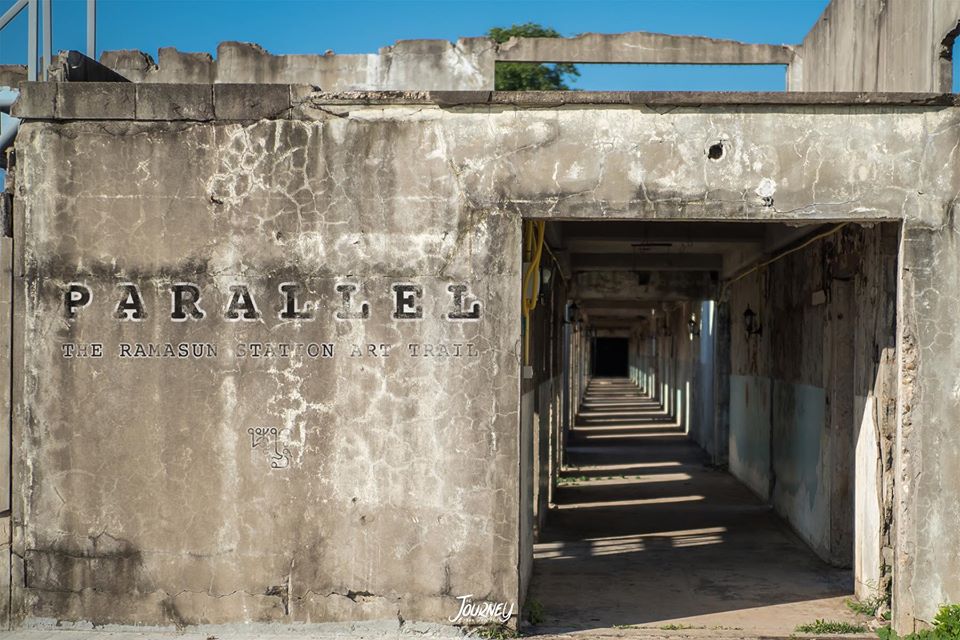
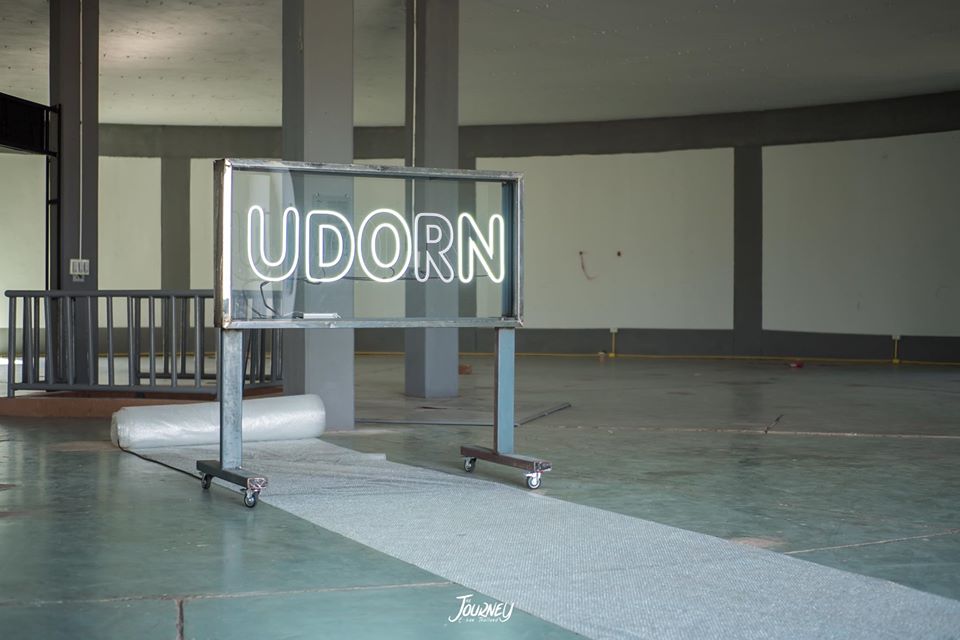
In addition to these activities, one of the projects I like is their original goods making which is the metal plate of their space name made by unexploded bombs in Xiang Khoung District, Laos, where one of the most heavily bombed by the US. They melted bomb fragments and cast to make a new metal plate from it and sell it as their original goods –as a coexistence of cuteness and irony and as an homage of the surviving technic of local people who scavenge bomb remnants to sell metals to make a living with.
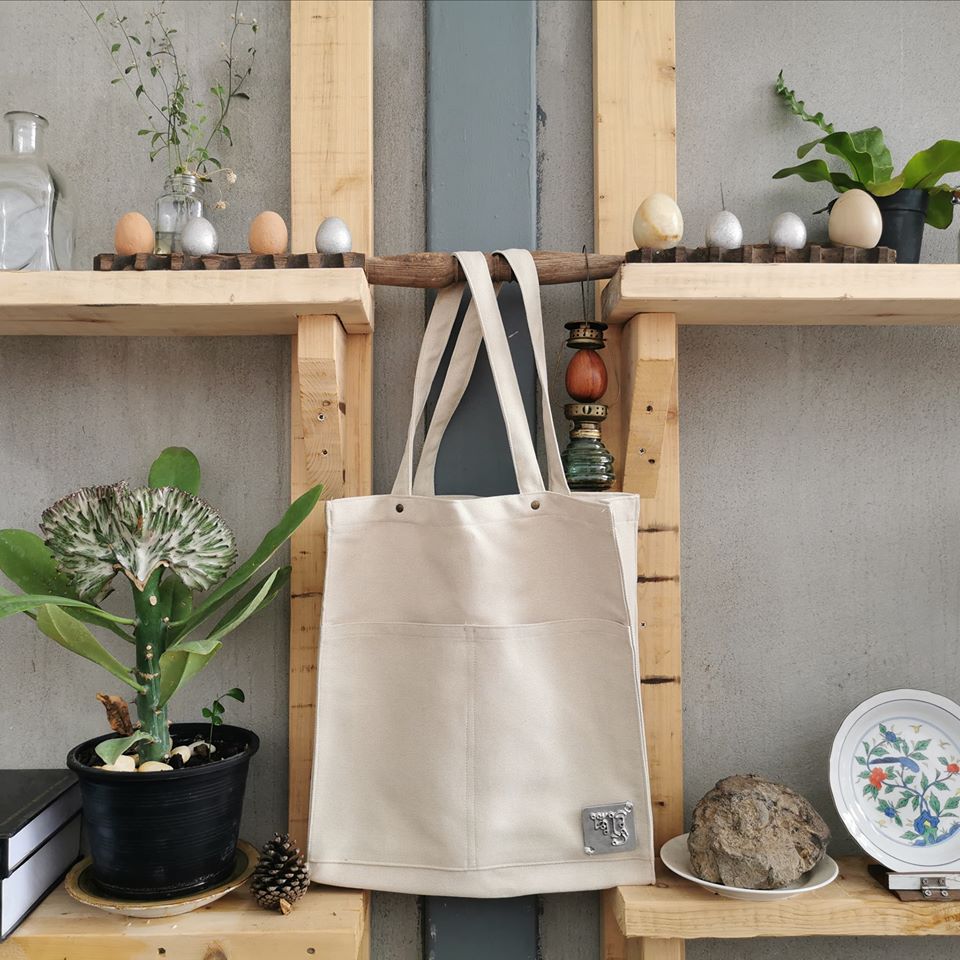
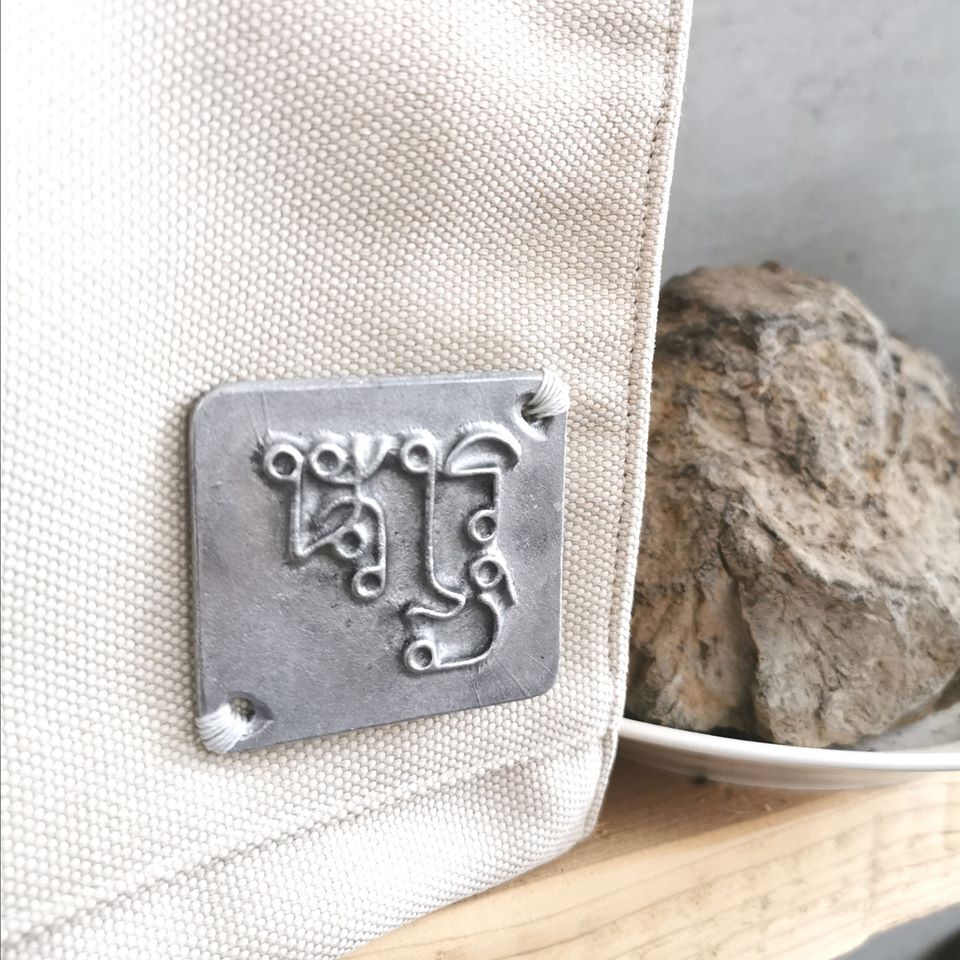
Their activities are also extended to the collaboration with the art university in Bangkok, Silpakorn University. They carried out collaborative research about collective memory in the town regarding the Vietnam War. They visited old hotel building and movie theatre where used to be used by US soldiers or interviewed to the people who experienced that time including war veterans, who still live in Thailand or have a relationship with Thai people, and children born between US soldiers and Thai women. They broadcasted the result of these surveys on the local radio program and we may be able to see those outcomes in the form of an exhibition someday. (*3)
Oui and Som said that they would keep trying to rethink about regional identity through artistic practices unfolding the memories of the land/region. Given that, running Noir Row Art Space itself would be the big scale site-specific artwork by them set in Udon Thani. When I visited them in February 2020, I was so much impressed and talked with them that we would set up the collaborative project regarding the legacy of the Vietnam War including Japanese artists as Japan also shared the history in regards to providing military bases in Okinawa so US planes could fly to bomb in Vietnam. (Operation Millpond: the US military actually flew from Okinawa to Udon Thani first for the Secret War in Laos.) However, right after that, the situation changed so fast and borders between countries were shut down because of the pandemic and now we still don’t know when we can travel abroad. Under this situation, Oui and Som said that they also had no choice but to downscaling the projects and stop traveling. But we believe that the world would not be able to close each other forever. We shall prepare our own things in each place until we meet again to realize the project we talked at that time.
(Written by: Kazue Suzuki)
*1: Hell of yes: Giant Rubber Duck floats Udon Thani pride
https://coconuts.co/bangkok/news/hell-yes-giant-rubber-duck-floats-udonthani-pride/
*2: Extracted from the exhibition curatorial statement
https://www.facebook.com/events/348215962554464/
*3: Website link is coming soon.